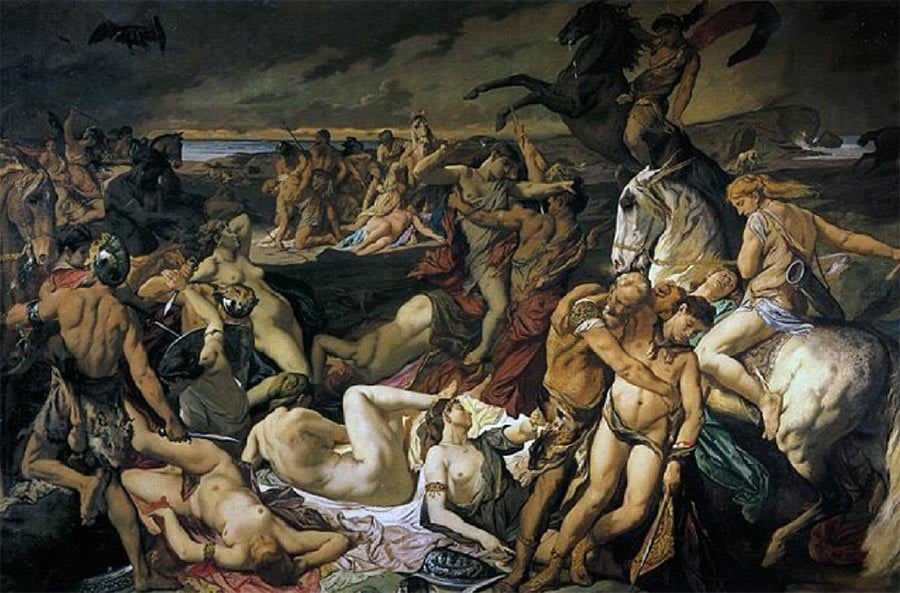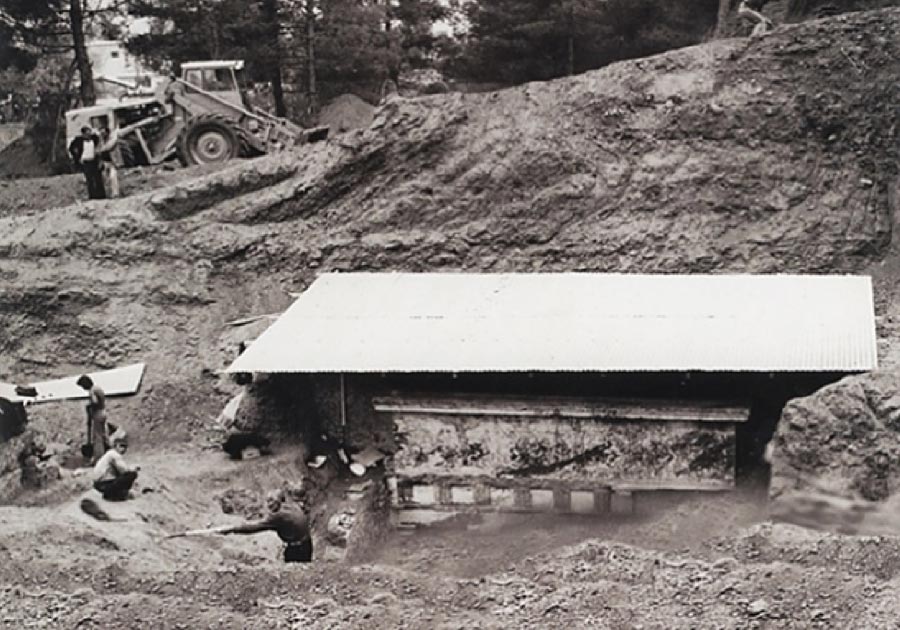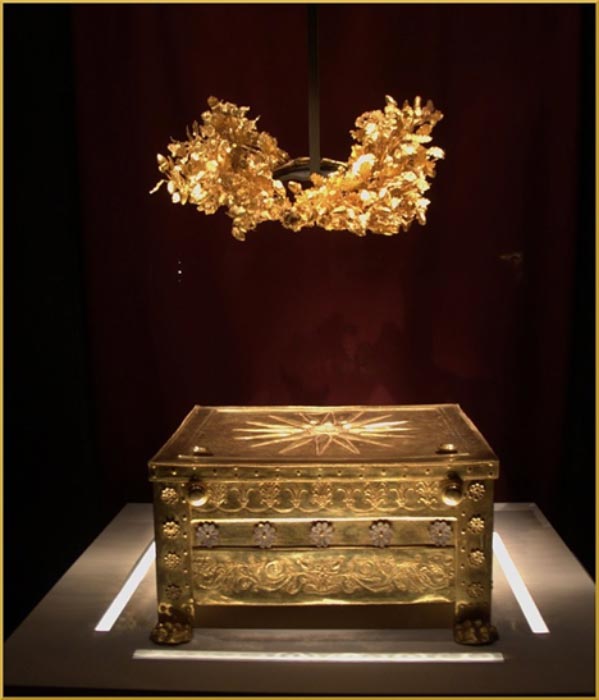
Amazons in the Family of Alexander the Great: Who Was the Mystery Woman Warrior?
November 8 is remembered as Archangels’ Day in Greece, but on that November day in 1977, Professor Manolis Andronikos, head of excavations, was roped down into the gloom of an unlooted Macedonian-styled tomb at Vergina, in northern Greece. Dignitaries, police, priests and a growing swell of archaeologists watched on in anticipation as the first shafts of light in 2,300 years penetrated the chamber.

Tomb II being unearthed in 1977. (Image: © David Grant)
The Archaeological Find of the Century
While the excavator admitted to experiencing the conflicting emotions of the ‘scientist’s elation’ with the ‘desecrator’s guilt’ at exposing to the mortal world what was meant for the Chthonic gods, his guilt was tempered by the knowledge that he had found the long-lost city Aegae, the first capital of Macedon and the burial ground of its kings.

The façade of Tomb II at Vergina. (CC BY-SA 2.0)
What soon emerged from beneath the 100-meter wide (328 feet) and 12-meter high (39 feet) great earthen hill known as the ‘Great Tumulus’ was the ‘archaeological find of the century’ which rivalled in historical importance Howards Carter’s discovery of Tutankhamun in the Valley of the Kings and Heinrich Schliemann’s excavations at what he claimed was Troy. After a century of mostly disappointing digs in the hills overlooking the plains of the Thermaic Gulf, the nation of ancient Macedon was finally being unveiled. Since then, few historic sites have been so steeped in controversy; the ‘discovery of the century’ could have been termed the 'enduring mystery' of the ancient Greek world.

The gold ossuary chest or ‘larnax’ holding the male bones in the main chamber of Tomb II, with the Vergina ‘Sun’ or ‘Star’ emblem of the royal clan on its lid. (DocWoKav/CC BY-SA 4.0)
The artefacts within two unlooted tombs dated to the middle-to-late fourth century BC, a period that spanned the reigns of Philip II and his son Alexander the Great. Pulses starting racing. Inside the main chamber of the barrel-vaulted structure known as ‘Tomb II’ lay gold and silver artefacts, exquisitely worked weapons and armor accompanied by invaluable grave goods which pointed to the presence of royalty. The regal nature of the find was reinforced by the unique ‘Vergina Sun’ or ‘Star’ emblem of the Argead royal clan embossed on the lids of the two gold ossuary chests. Housing cremated bones this family of tombs was soon referred to as ‘the cluster of Philip II’.




